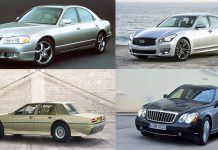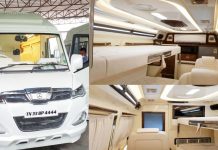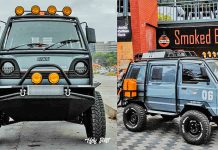A scale model is most generally a physical representation of an object that maintains accurate relationships between all important aspects of the model, although absolute values of the original properties need not be preserved.
This enables it to demonstrate some behavior or property of the original object without examining the original object itself. The most familiar scale models represent the physical appearance of an object in miniature, but there are many other kinds.
Miniature Old KSRTC Bus Model by Rajesh Cheruvaattil

Scale models are used in many fields including engineering, architecture, film making, military command, salesmanship, and hobby model building. While each field may use a scale model for a different purpose, all scale models are based on the same principles and must meet the same general requirements to be functional. The detail requirements vary depending on the needs of the modeler.

To be a true scale model, all relevant aspects must be accurately modeled, such as material properties, so the model’s interaction with the outside world is reliably related to the original object’s interaction with the real world.

Scale models are used by many fields for many different purposes. Some of the specific uses of scale models by specific fields.

Like model cars, model commercial vehicles are sold both as kits for the enthusiast to construct and paint and as pre-built, pre-painted collectible models.
Model kits may be made in plastic, resin, metal (including white metal), and wood; collectables are usually made of die-cast metal and plastic. One of the most used alloys is Zamac, a combination of Zinc and Aluminium. Z.A.M.A.C.: Zinc and Aluminium Metal Alloy Casting.

Enthusiasts may pursue commercial vehicle modeling in its own right or as an adjunct to model railways, where the vehicles add verisimilitude to a layout (for example: trucks in a goods yard; buses at a station).

The most popular diecast scales for commercial vehicles are 1:43 and 1:50, coming from their initial role as props in 0 scale model railway layouts. While 0 scale has become less popular for trains, its 1:43 scale and 1:50 scale have grown and prospered for diecast commercial vehicles.

Other scales which are popular include 1:64 scale (the same as S scale American Flyer trains), 1/87 (the same as H0 scale trains), and 1/34 (which has no parallel in model railroading).

Outside Britain H0 gauge (1/87) trains are more popular than 00 gauge (1/76). For that reason 1/76 scale commercial vehicles have less appeal outside the UK, but 1/87 scale trucks are very popular, not only with model railroaders but with truck collectors as well.
 Most HO scale trucks are primarily plastic, whereas trucks in other scales tend to be diecast metal, often with some plastic parts.
Most HO scale trucks are primarily plastic, whereas trucks in other scales tend to be diecast metal, often with some plastic parts.



















